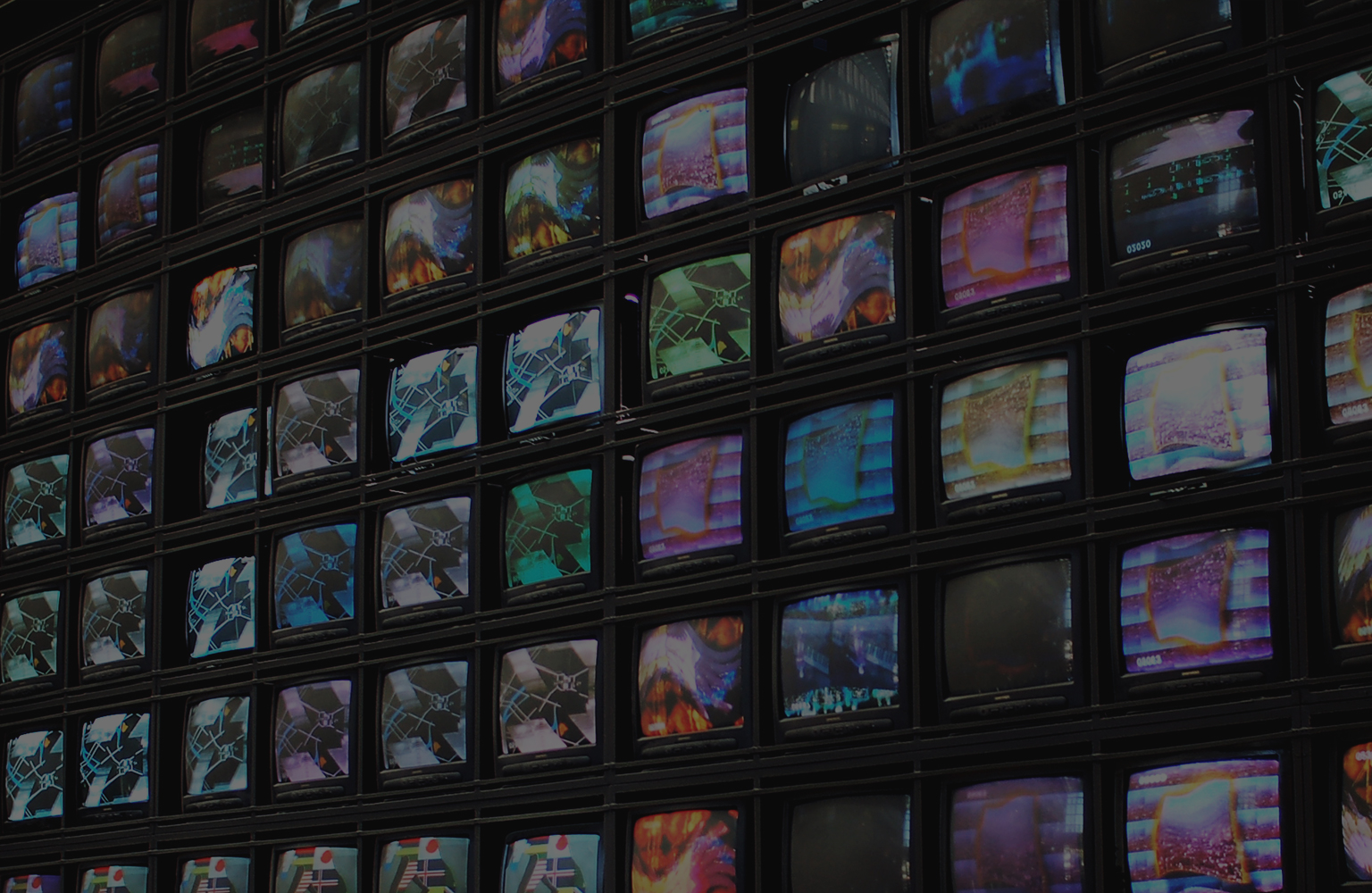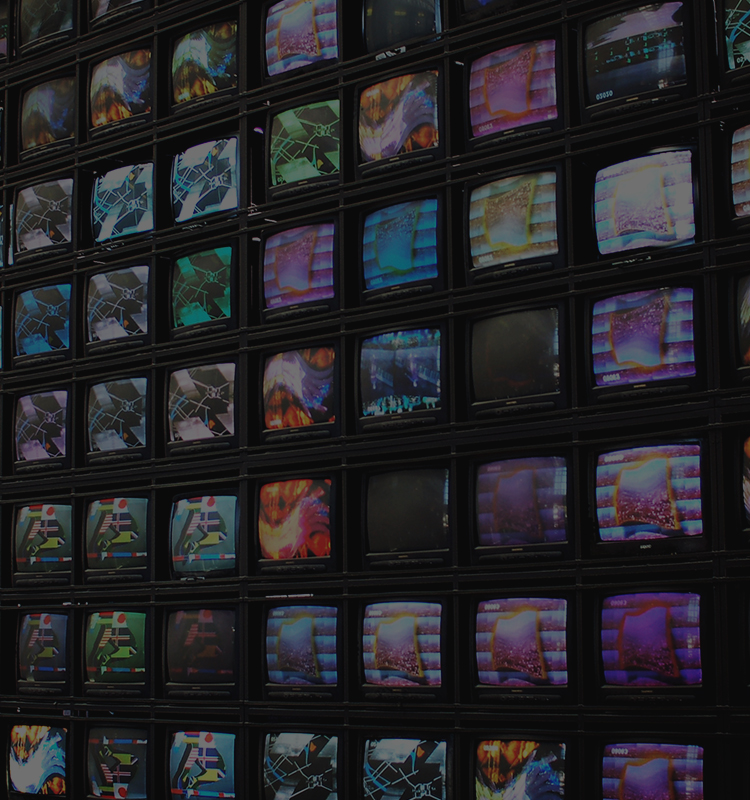

대학원소개
논문성과
|
Perceptual AI Lab's (Prof. Chanho Eom) two papers accepted to CVPR 2025 (AI Top-tier Coference)
관리자 │ 2025-03-06 HIT 13508 |
|---|
|
We are delighted to announce that two papers from Perceuptual AI Lab (Prof. Chanho Eom) have been accepted to Computer Vision and Pattern Recognition (CVPR) 2025 Main Conference (CV Top-tier Conference). Title: GOAL: Global-local Object Alignment Learning Authors: Hyungyu Choi*, Young Kyun Jang*, and Chanho Eom (*equal contribution) Abstract: Vision-language models like CLIP have shown impressive capabilities in aligning images and text, but they often struggle with lengthy, detailed text descriptions due to their training focus on concise captions. We present GOAL (Global-local Object Alignment Learning), a novel fine-tuning method that enhances CLIP’s ability to handle lengthy text by leveraging both global and local semantic alignments. Our approach consists of two key components: Local Image-Sentence Matching (LISM), which identifies corresponding pairs between image segments and descriptive sentences, and Token Similarity-based Learning (TSL), which efficiently propagates local element attention through these matched pairs. Evaluating GOAL on three new benchmarks for image-lengthy text retrieval, we demonstrate significant improvements over baseline CLIP fine-tuning, establishing a simple yet effective approach for adapting CLIP to detailed textual descriptions. Through extensive experiments, we show that our method’s focus on local semantic alignment alongside global context leads to more nuanced and representative embeddings, particularly beneficial for tasks requiring fine-grained understanding of lengthy text descriptions. Title: Subnet-Aware Dynamic Supernet Training for Neural Architecture Search Authors: Jeimin Jeon, Youngmin Oh, Junghyup Lee, Donghyeon Baek, Dohyung Kim, Chanho Eom, and Bumsub Ham Abstract: N-shot neural architecture search (NAS) exploits a supernet containing all candidate subnets for a given search space. The subnets are typically trained with a static training strategy (e.g., using the same learning rate (LR) scheduler and optimizer for all subnets). This however does not consider that individual subnets have distinct characteristics, leading to two problems: (1) The supernet training is biased towards the low-complexity subnets (unfairness); (2) the momentum update in the supernet is noisy (noisy momentum). We present a dynamic supernet training technique to address these problems by adjusting the training strategy adaptive to the subnets. Specifically, we introduce a complexity-aware LR scheduler (CaLR) that controls the decay ratio of LR adaptive to the complexities of subnets, which alleviates the unfairness problem. We also present a momentum separation technique (MS). It groups the subnets with similar structural characteristics and uses a separate momentum for each group, avoiding the noisy momentum problem. Our approach can be applicable to various N-shot NAS methods with marginal cost, while improving the search performance drastically. We validate the effectiveness of our approach on various search spaces (e.g., NAS-Bench-201, Mobilenet spaces). |
| 이전글 | IIPL's (Prof. YoungBin Kim) Paper Accepted to NAACL 2025 Main Conference (AI Top... |
|---|---|
| 다음글 | CM Lab's (Prof. Jihyong Oh) three papers accepted to CVPR 2025 (AI Top-tier Conf... |
